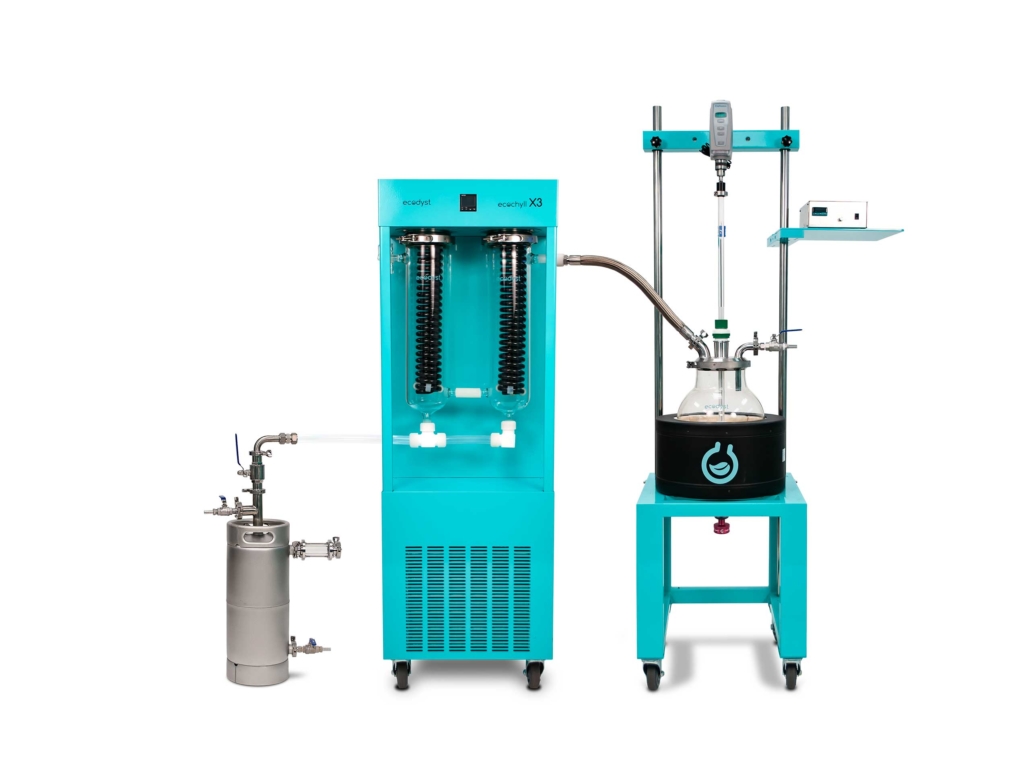Cold traps are essential components in modern vacuum systems, designed to enhance efficiency by capturing and condensing vapors and gases that might otherwise impede the system’s performance. These devices operate on the principle of significantly lowering the temperature of the trapping surface to facilitate the condensation or solidification of substances present in the vacuum. By doing so, cold traps help maintain the desired vacuum levels, protect sensitive components, and ensure optimal system functionality. The science behind cold traps is rooted in the fundamental thermodynamic principle that substances change their physical state based on temperature. In a vacuum system, gases and vapors are present due to outgassing from materials, reactions within the system, or the introduction of external substances. These gases can include water vapor, solvents, or other volatile compounds. If not effectively removed, these contaminants can degrade the vacuum quality, leading to reduced performance and increased maintenance needs.

A cold trap addresses this issue by creating a low-temperature environment that causes the gases to condense or freeze onto the surface of the trap. Typically, a cold trap utilizes a cryogenic method to achieve extremely low temperatures. This can be accomplished using liquid nitrogen or liquid helium, both of which provide the necessary cooling effect to solidify or condense the contaminants. In more advanced systems, electric or mechanical refrigeration methods may also be employed to maintain low temperatures. The design and operation of cold traps vary based on the specific requirements of the vacuum system. For instance, in high-vacuum applications, where the pressure is extremely low, the cold trap needs to be highly efficient to capture even trace amounts of vapor. This is often achieved through the use of high surface area materials or advanced coating techniques that enhance the trapping efficiency. In contrast, for lower vacuum applications, simpler cold traps with less rigorous cooling requirements might be sufficient. One of the primary advantages of using a GWSI cold trap is the protection it provides to the vacuum pump and other sensitive components.
By removing contaminants before they reach the pump, cold traps prevent potential damage or clogging that could arise from corrosive or particulate matter. This, in turn, extends the lifespan of the equipment and reduces the frequency of maintenance interventions. Additionally, cold traps contribute to the overall stability and consistency of the vacuum environment. By ensuring that unwanted gases are effectively removed, cold traps help maintain the desired pressure levels, which is crucial for precise scientific experiments, manufacturing processes, or any application requiring stable vacuum conditions. In summary, cold traps play a pivotal role in modern vacuum systems by leveraging low temperatures to capture and condense unwanted gases and vapors. Their ability to enhance system efficiency, protect sensitive components, and maintain stable vacuum conditions underscores their importance in various applications. As vacuum technology continues to advance, the design and implementation of cold trap are likely to evolve, incorporating new materials and techniques to further improve performance and reliability.